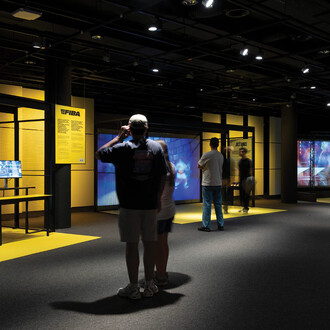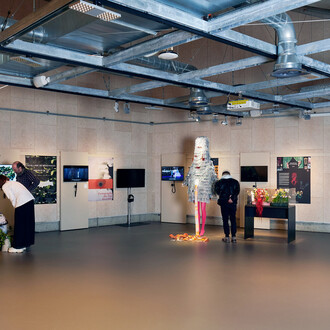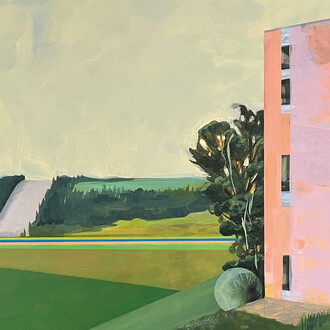The exhibition addresses the threats to our existence and the responses of governments to protect their populations, exploring how neo-survivalists turn to design to prepare for an uncertain future and ensure their survival. We will survive also prompts us to question to what extent we all are—or should be—preppers.
How can we survive a natural disaster or man-made emergency? How should we prepare for life after a catastrophe? What if all of our systems collapse? These are the questions asked by preppers, who believe that the end of the world is inevitable—and imminent. While the rest of us simply hope that nothing too terrible will happen, preppers take action. Their coping strategy affords them a sense of control over the uncontrollable: preppers actively prepare for what they call Teotwawki, i.e., “the end of the world as we know it”. But not only that, they are also preparing to build a NWO, a new world order, afterwards.
The exhibition We will survive. The prepper movement explores how preppers deal with what they believe will soon be the end of the world. In three main sections—Existential threats and risk assessment; Governmental prepping, Individual prepping— the exhibition examines the underpinnings of preppers’ beliefs, and how they prepare for the supposed end of the world.
The exhibition features more than 400 works, including architectural models, photographs, drawings and magazines, as well as historical video material and film clips of apocalyptic and post-apocalyptic dream worlds. Also on display are speculative design objects and more than 300 examples of popular product design by the prepper community. Renowned designers, filmmakers, photographers and artists such as AATB, Reed Kram, Tapio Snellman, Studio Folder, and Charles Negre, have developed new works especially for the exhibition. Additionally, the exhibition includes works by Atelier Van Lieshout, Erwan and Ronan Bouroullec, Julian Charrière, Dunne and Raby, Martí Guixé, Simo Heikkilä, Fabien Roy, Tapio Wirkkala, and Martin Szekely, among others. This is complemented by installations created especially for the exhibition.
The prepper movement
The prepper movement was born during the Cold War era in the United States out of mistrust in an overbearing government. A rejection of governmental propaganda of fear, paired with a sense of abandonment, became pervasive. With a looming sense that the worst was still to come, people began to take matters into their own hands.
Since the 1960s, fears have multiplied beyond the fear of nuclear annihilation. Now, everyday fears include climate change, economic collapse, cyberattacks, social unrest, the possible impact of an asteroid, extreme solar storms, and pandemics—to name the most commonly mentioned risks. In response, preppers have also diversified. What began as a group of paranoid radicals commonly known as “survivalists” has now grown into a global phenomenon.
Today, preppers come from all social classes and all ages and encompass a variety of subcultures. These include retreat-seekers who move to remote areas and maintain a self-sufficient lifestyle, “bushcraft” practitioners who advocate DIY skills, off-grid activists who disconnect from public utilities, and survivalists known for a solitary renegade approach to preparedness. What unites this community, which in the US alone has doubled in size to about 23 million since 2017, is their firm belief in self-reliance and the importance of individual preparedness over external rescue.
















